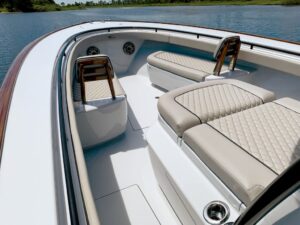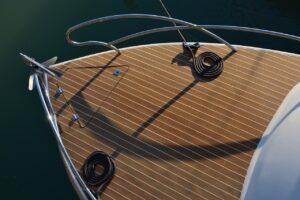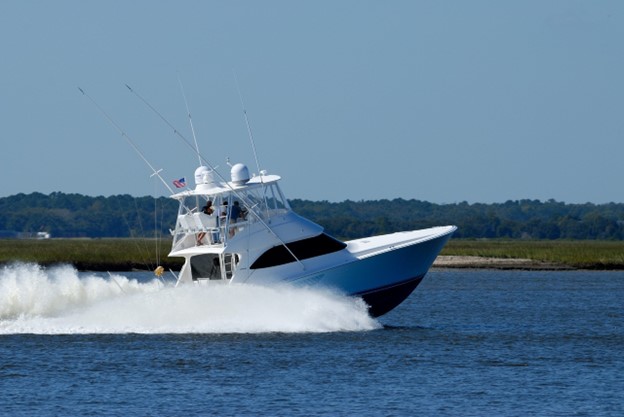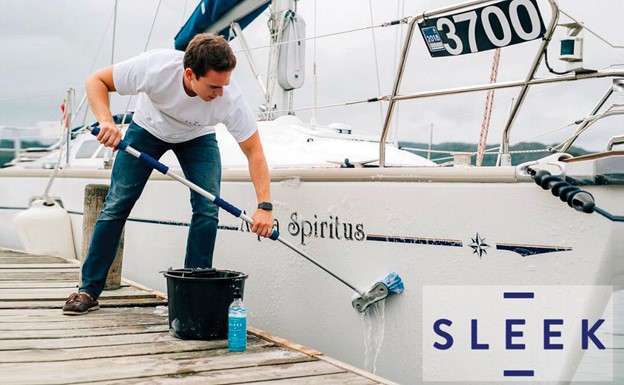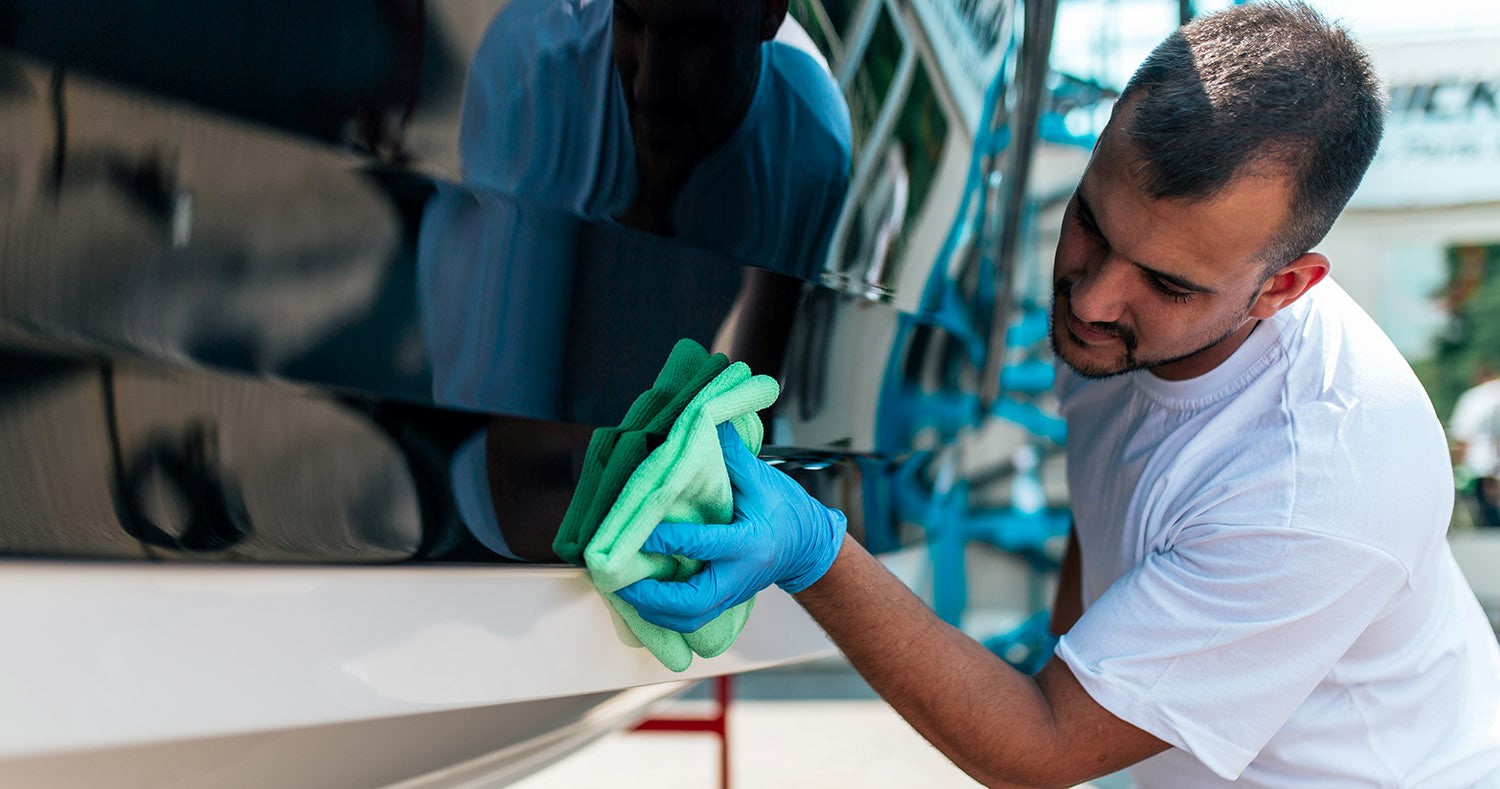The internet is rife with tips on how to handle your most difficult cleaning tasks while on board. While some advice is incredibly clever, others are downright risky. For the Monthly Boat Cleaning,
we set out to solve five of your most difficult problems with some ingenious (and secure) solutions. Although you shouldn’t undervalue commercial products, occasionally using things you already own can yield surprisingly good outcomes for less money.
The first rule when it comes to removing stubborn stains is to cause no harm. If at all feasible, we advise getting in touch with the manufacturer of the equipment you wish to clean to seek guidance on how to proceed so as not to turn a small problem into a bigger one. Make sure all cleaning solutions are safe for the surfaces you plan to use by carefully reading their labels. Keep in mind that formulae can vary. Finally, to make sure there are no unanticipated effects, try any product on a tiny, discrete area first.
Problem: Stains On Vinyl Cushions
Whether it’s mildew stains or—gasp!—spider droppings and unclean vinyl detract from the appearance of your yacht and lower its worth.
Solution: For eliminating stagins off vinyl, OxiClean powder or its generic equivalent works wonders. After mixing as directed, use a nylon bristle brush to gently scrub. After letting it sit for five to ten minutes, rinse. Another option is to use a Mr. Clean Magic Eraser to try cleaning stubborn areas. Any product containing bleach should be minimized or better completely avoided as this will over time damage the vinyl, Boat Upholstery, and stitching.
Prevention: After the material has cured and the stains have been removed, it is recommended to apply a sealer, to the surface.
Problem: Foggy Portlights
Even after repeatedly cleaning the plastic portlights on your yacht, they remain foggy. There’s definitely some oxidation or scratches on the plastic, so cleaning it won’t get it clean.
Resolution: Use warm water to clean the window and a small amount of dishwashing soap. After that, use an old cotton T-shirt or toothpaste squeezed onto a clean, soft cloth free of lint to rub the portlight’s surface until the oxidation is gone. Using a fresh cloth, wipe. If needed, clear any residue using a plastic-safe cleaner.
Prevention: Don’t wipe plastic portlights with dry paper towels or glass cleaner—or anything that contains alcohol, ammonia, or solvents. Use Rain-X or another water-resistant spray after clearing the cloud.to slow down future oxidation.
Eco-friendly Cleaning Tips
No matter what cleaner you choose for Boat Cleaning, The method of usage will influence the environment in addition to the product’s toxicity and degradability. The product amount ends up in the environment where you are cleaning the boat and has several impacts. Also, the quantity you are using and how much you are diluting the product. Always remember the tips given below during cleaning.
- Clean your boat with fresh water to save it from the accumulation of dirt.
- Observe the dilution guidelines provided by each cleaning product. When a product comes in a range of suggested dilutions, the weaker mixture typically functions just as well as the stronger mixture.
- After thoroughly washing your boat with an eco-friendly soap, use a more potent product to target stubborn stains.
- Towel off harsh spot treatments rather than rinsing to reduce runoff.
Problem: Dirty Bilge
Not only can a dirty, wet bilge be unsightly, but it may also emit unpleasant odors and it is against the law to pump away oily water. Furthermore, the muck makes it difficult to identify little issues before they become major ones.
Resolution: Turn off the bilge pump, and gently wipe off the leftover remove water with the help of a sponge or wet/dry vacuum. Add a mild dish soap of any type as a degreaser. As per the size of your bilge, add one or two buckets of hot water Make sure to get into all the nooks and crannies as you scrub the surfaces with the brush’s assistance. Take out the dirty water using your wet/dry vacuum and dispose of it properly. (Avoid throwing the soiled water over the side. There may be a steep fine for doing so.) Don’t forget to turn on the bilge pump to the automatic setting afterward.
Prevention: Add oil-absorbing pads to any spots where fuel or grease might accumulate after your bilge has completely dried. Resolve any persistent drips or leaks, and wipe up spills as soon as possible.
Problem: Fish blood Stains on Nonskid
Even if having catches on your deck indicates that you had a fantastic day out on the lake, it looks awful.
The best course of action is to clean any contaminated surfaces as soon as possible to prevent the blood from drying. If you happen to miss a place, scrub, rinse, and apply some Bar Keepers Friend to clean, wet nonskid surfaces. For particularly stubborn dried-on stains, you can also try hydrogen peroxide or OxiClean (or a generic substitute).
Prevention: Apply a layer of Woody Wax, which is safe to use on decks, to stave off further stains.
Problem: Hard Water Stains
Your freshly cleaned finish is marred by those nasty white spots caused by mineral deposits that show up on your hull, glass, or engine cowlings.
Resolution. After applying a vinegar and water solution, leave it on for five minutes, and then remove it with a clean cloth. Alternately, bring along a box of dryer sheets. Rinse for a dazzling sheen after lightly rubbing one that has been moistened with water over the areas.
Preventive measures include spritzing the surface with a 4:1 water/vinegar mixture right away after washing in a shaded region. Wipe off any remaining water droplets with a chamois before they dry. Then, to help prevent water spots, apply one or two coats of wax, such as Woody Wax. To get rid of the minerals in really hard water, think about installing an inline or dockside water filter.
Cleaning Tips Closure
If you are unable to do Boat detailing by yourself, seek a Boat Mechanic, from a cleaning company in Florida like The Boat Concierge. They specialize in boat cleaning and maintenance, ensuring your vessel stays in top condition without the hassle.

